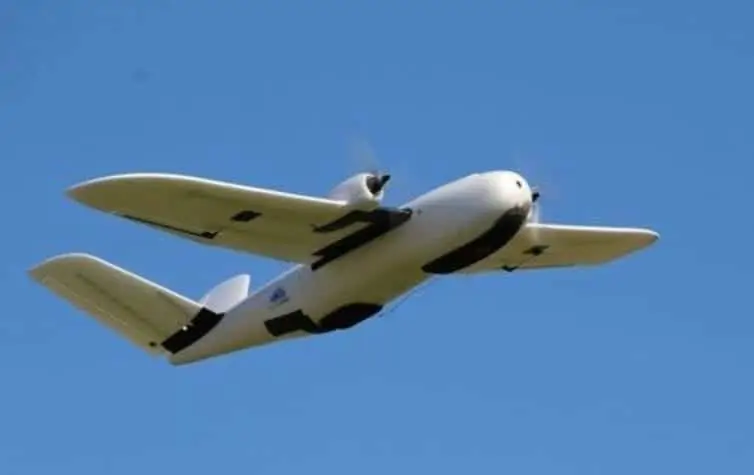
Vigilant Aerospace Systems has announced that, in conjunction with Oklahoma State University (OSU), it has conducted a UAS (unmanned aerial system) flight at OSU’s 13-mile beyond visual line-of-sight (BVLOS) corridor near Stillwater, Oklahoma. The flight, which was conducted with a twin-motor fixed-wing UAS operating below 400 feet AGL, was over 18 miles long, starting at OSU’s Center for Forensics Explosives range near Pawnee, Oklahoma and culminating in an autonomous landing at OSU’s Unmanned Aircraft Flight Station in Glencoe, Oklahoma.
The purpose of the flight, conducted under an FAA Certificate of Authorization (COA) with a visual observer, was to demonstrate BVLOS UAS capabilities, as well as to test Vigilant’s FlightHorizon 2 software, an unmanned traffic management (UTM) and active detect-and-avoid (aDAA) system. FlightHorizon 2 tracked dozens of manned aircraft across central Oklahoma during the flight and provided real-time alerting to the visual observer and pilot-in-command.
This demonstration flight is the first in a series of tests for FlightHorizon 2 that will involve radar integration, ground-based and on-board autonomous detect-and-avoid capabilities, remote ID solutions and UTM processes. Results will provide a proof of concept for Vigilant’s UTM capabilities currently under research and development, and will provide the basis for initial deployment of these capabilities.
Analysis of results from the demonstrations will also provide an understanding of the capabilities of autonomous UAS operations and provide data necessary for additional use cases.
Kraettli L. Epperson, CEO of Vigilant Aerospace, commented: “The unmanned aircraft industry’s top needs continue to be autonomous safety systems, on-board detect-and-avoid solutions and better unmanned traffic management. This flight allowed us to make progress on all three by demonstrating our system’s capabilities over a much longer duration and greater distances while providing active alerting and airspace visualization to the pilot and observers.”
“These demonstration flights are critical milestones in the development of the industry and our partnership with OSU provides our company access to some of the top students, researchers and facilities in the US.”
Jamey Jacob, Director of the OSU Unmanned Systems Research Institute (USRI) and John Hendrix Chair Professor in Mechanical and Aerospace Engineering, said: “This flight and the team of OSU research engineers and students and Vigilant Aerospace staff who conducted it represent a forward-looking approach to utilizing public-private partnerships to rapidly advance the technology and bring innovations to market.”


















